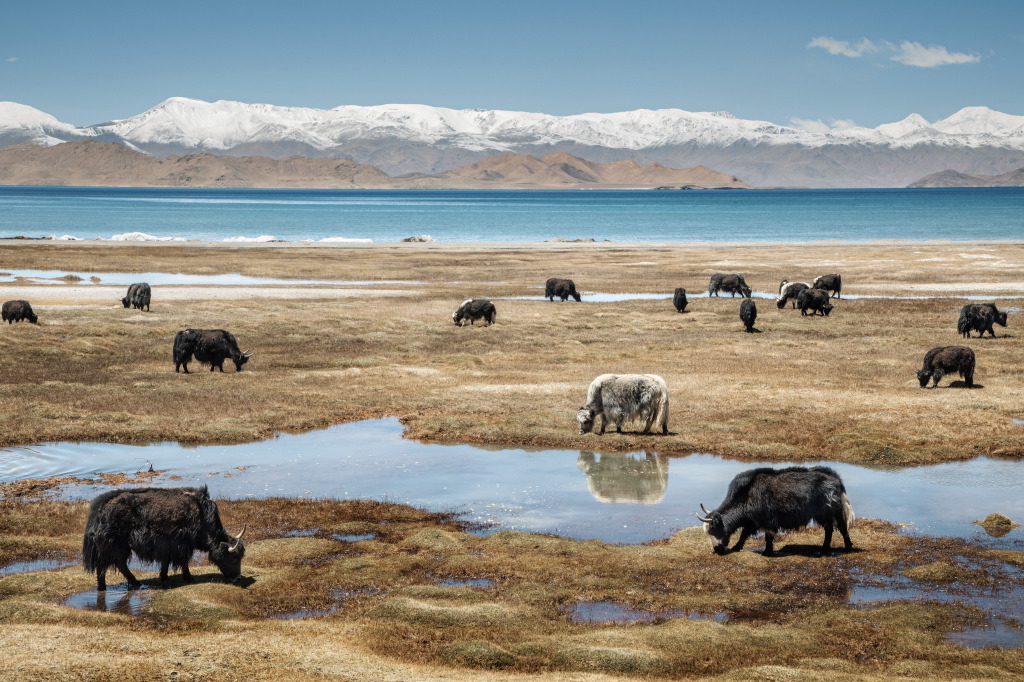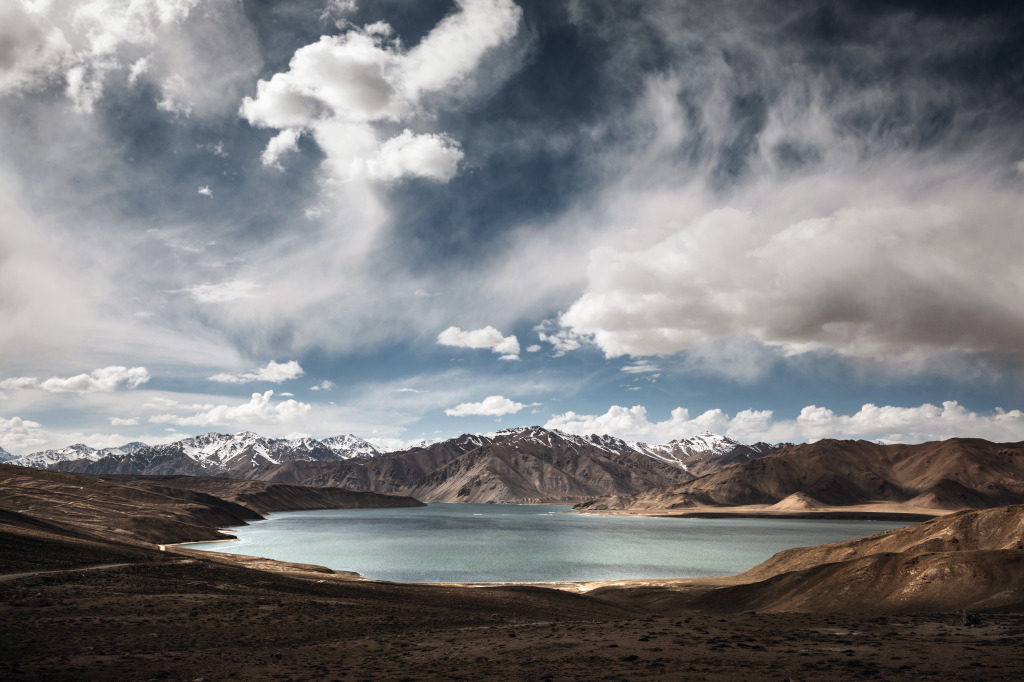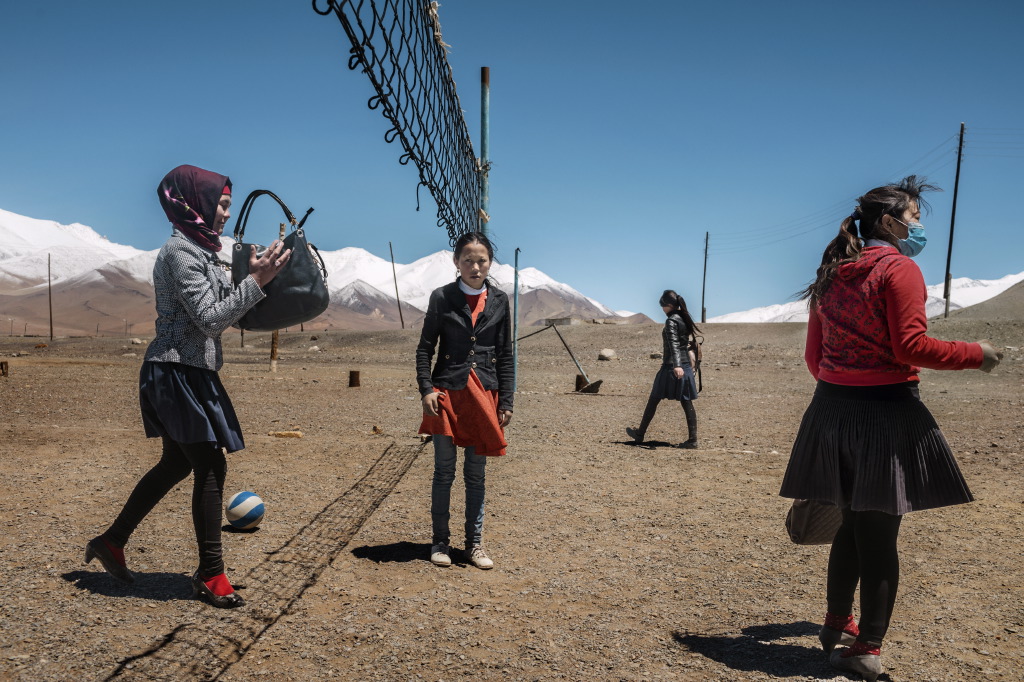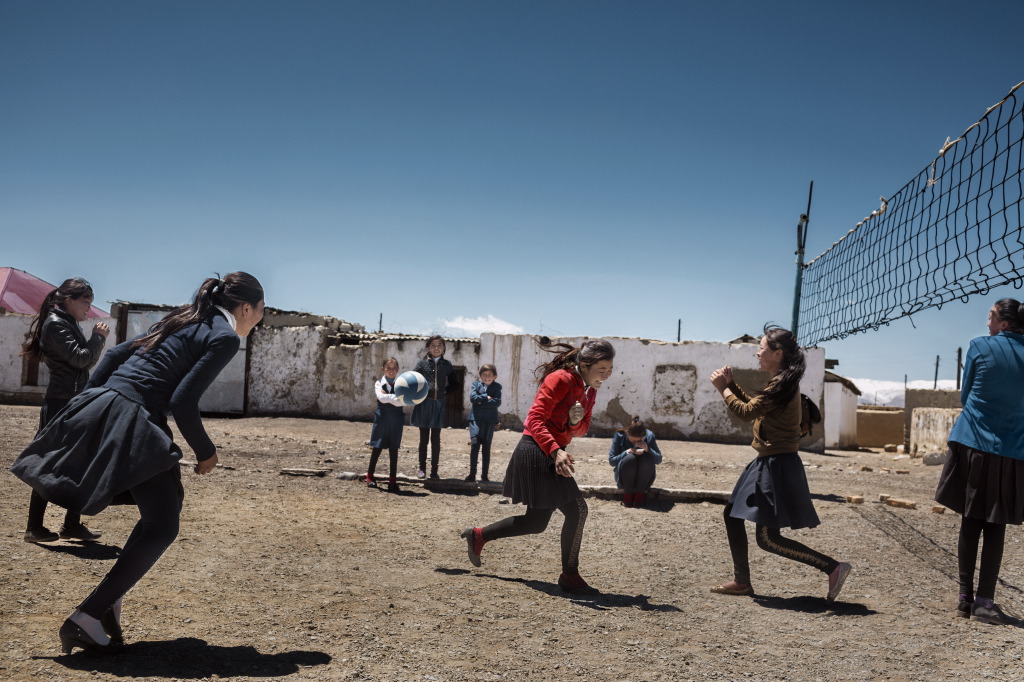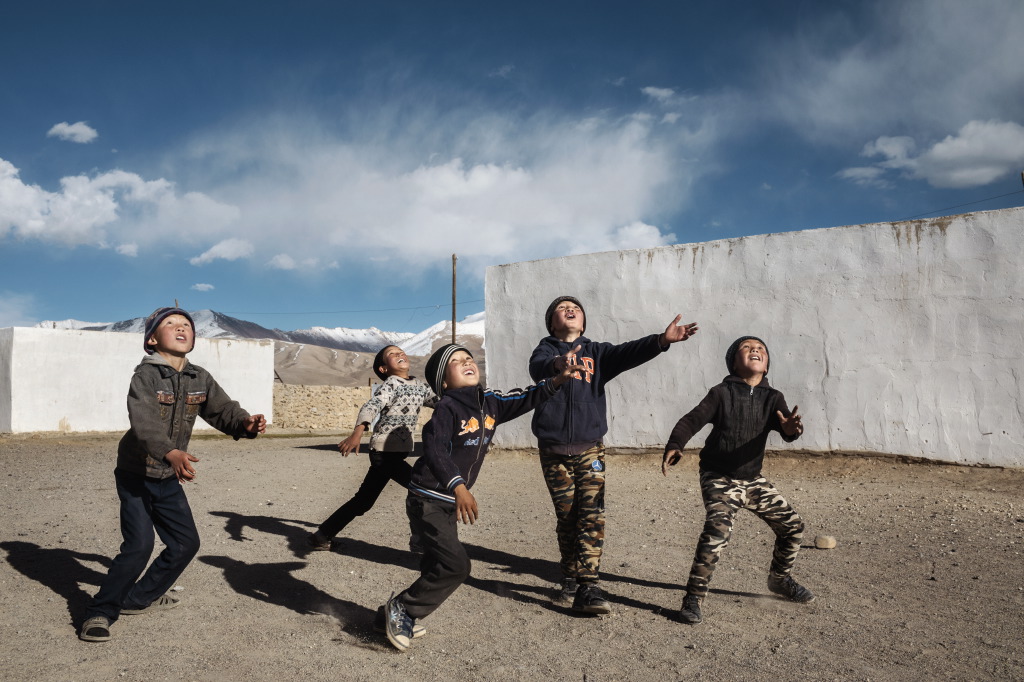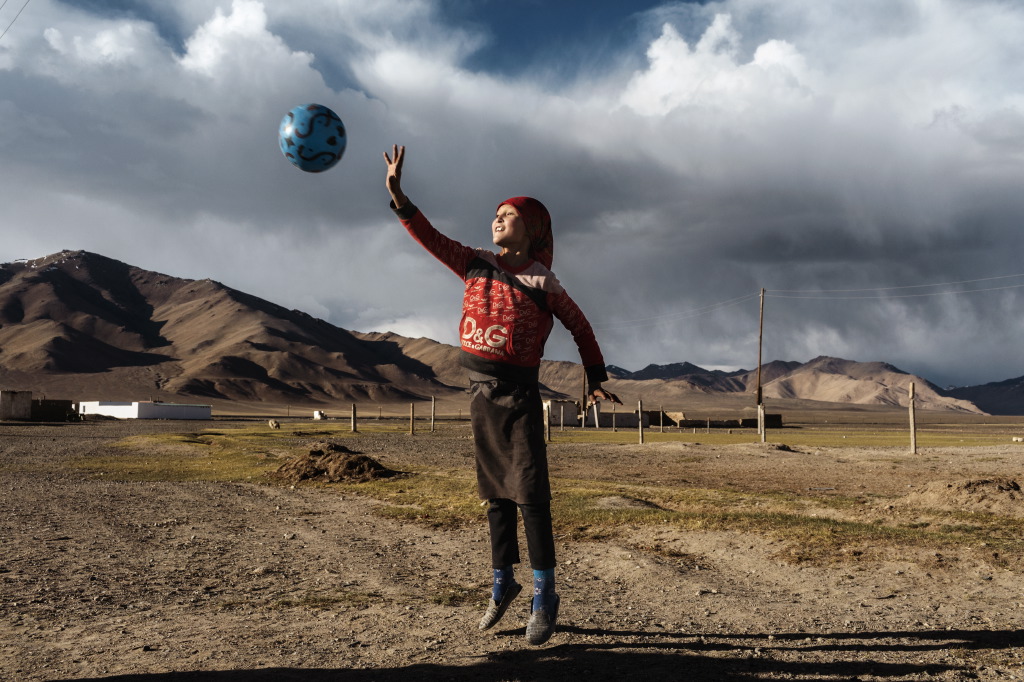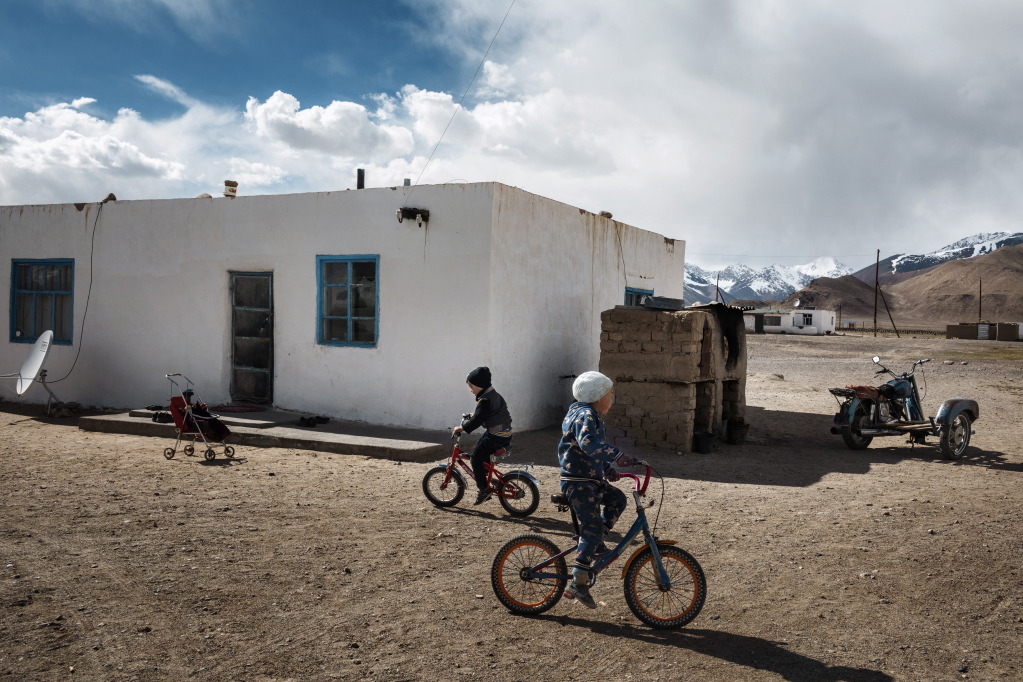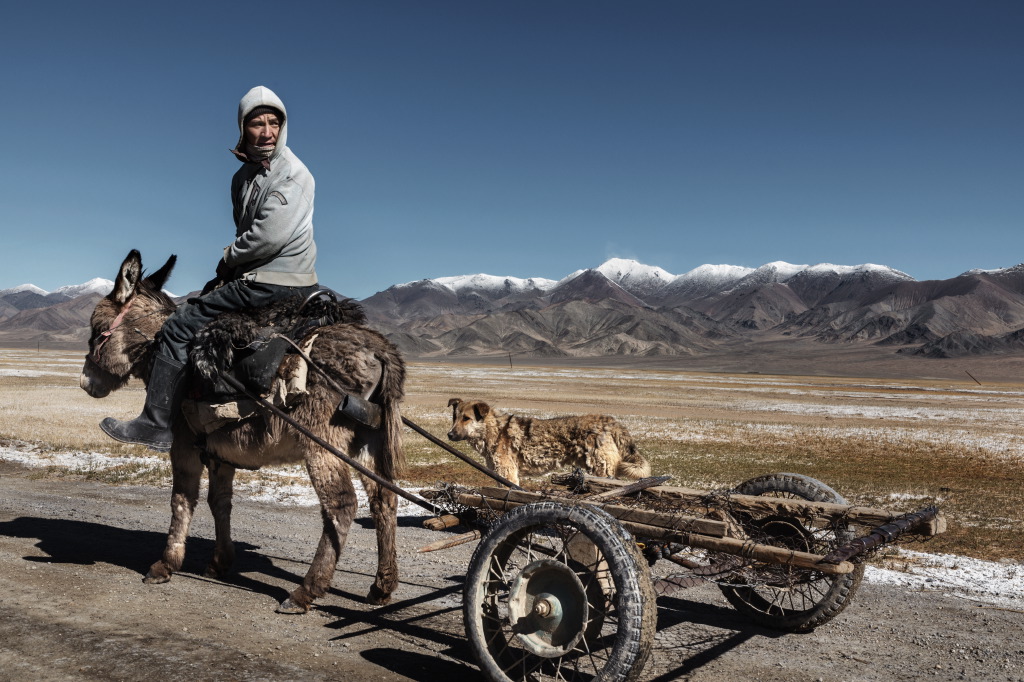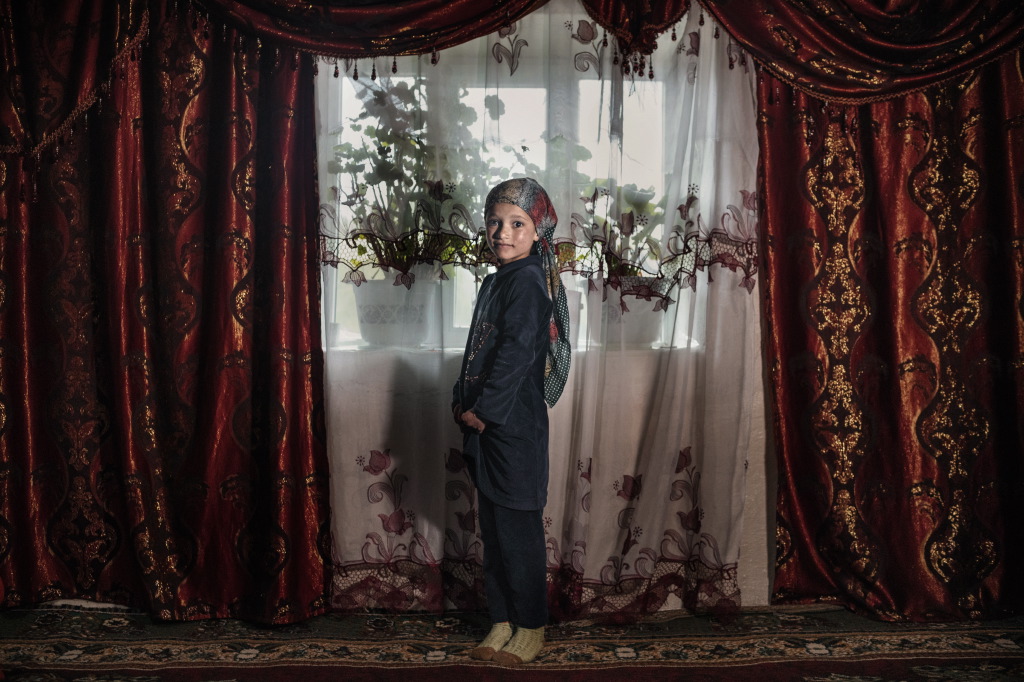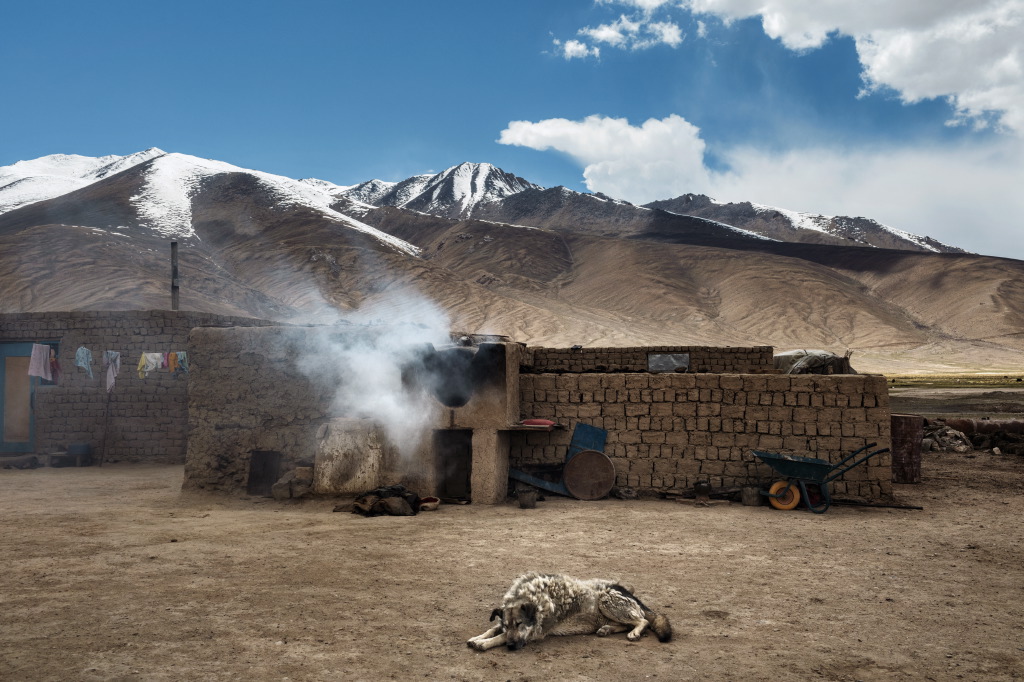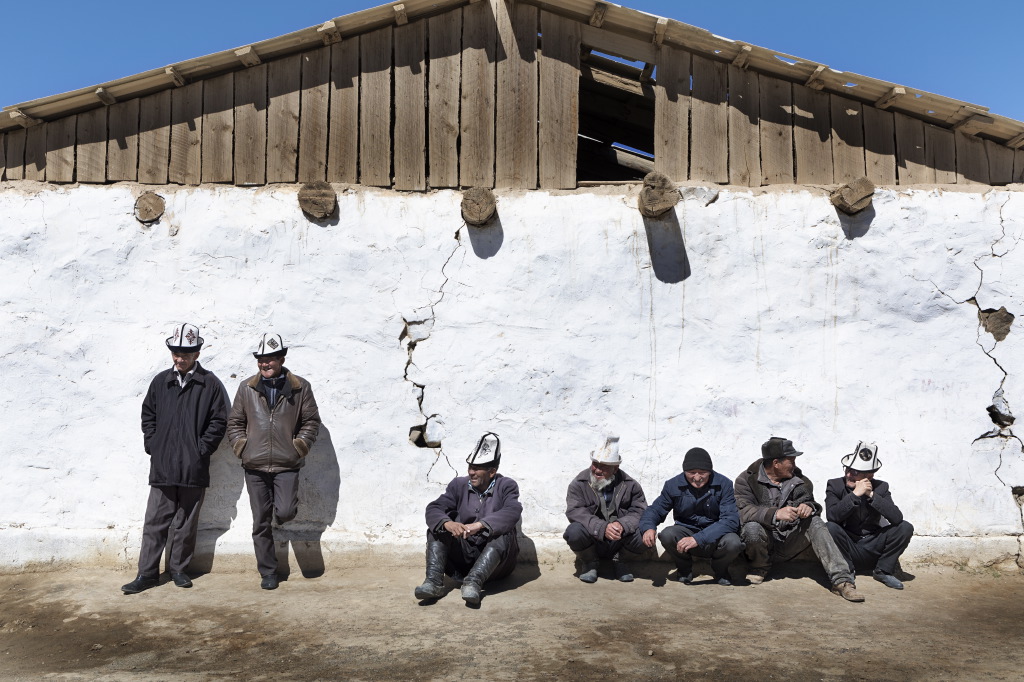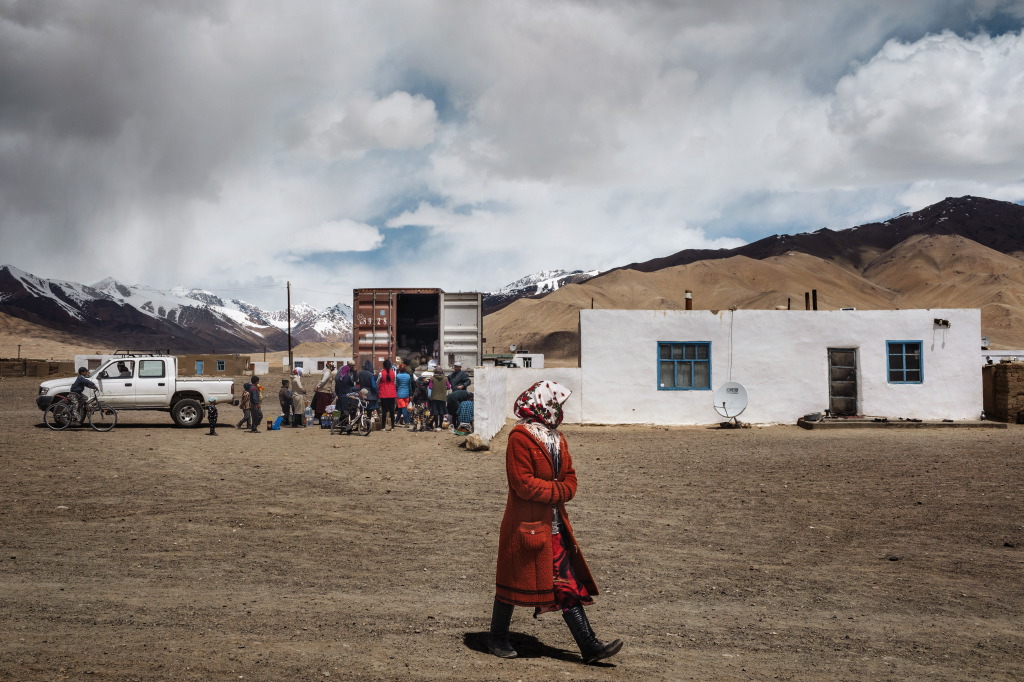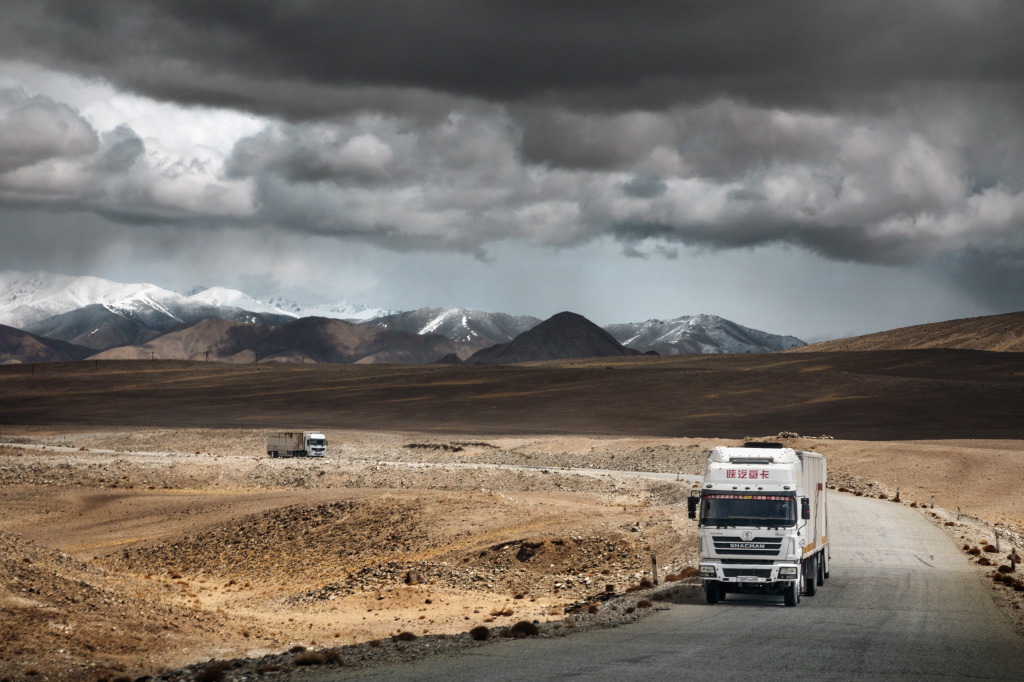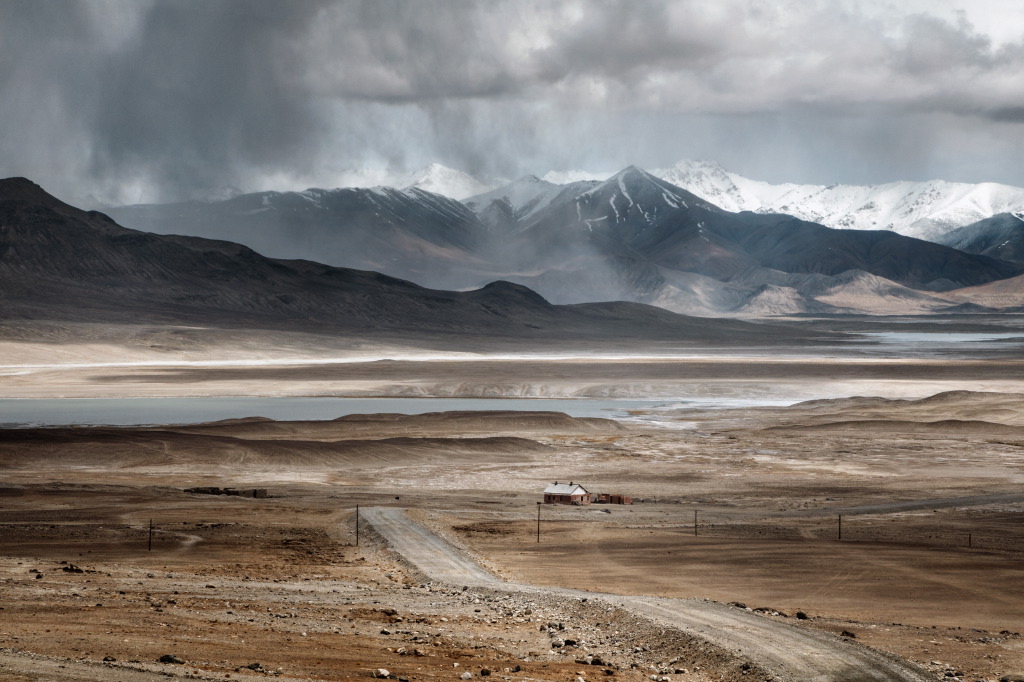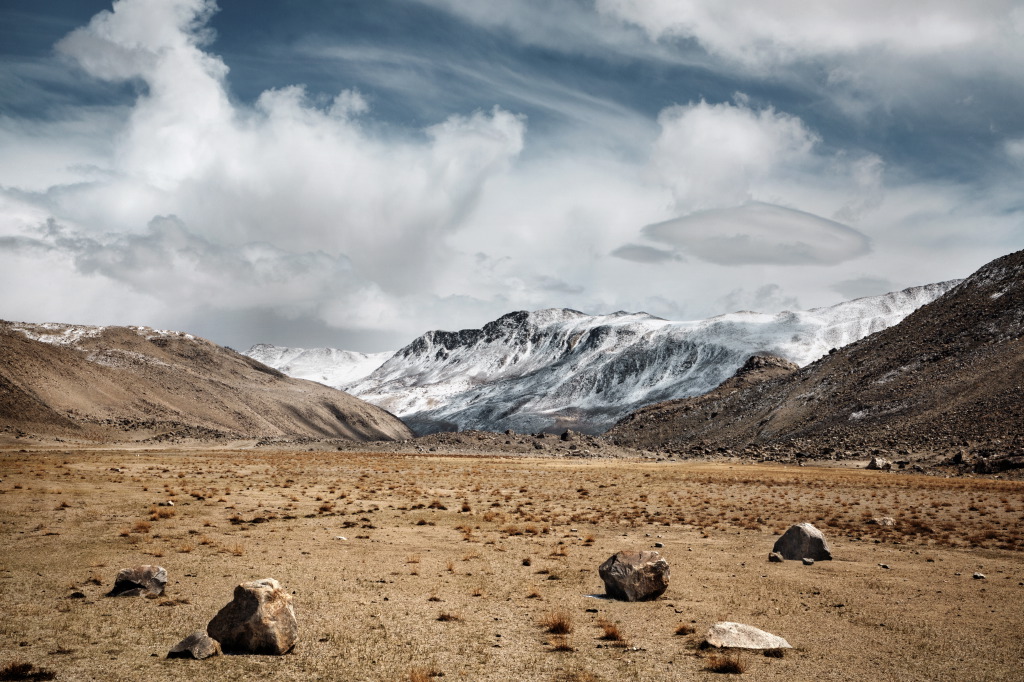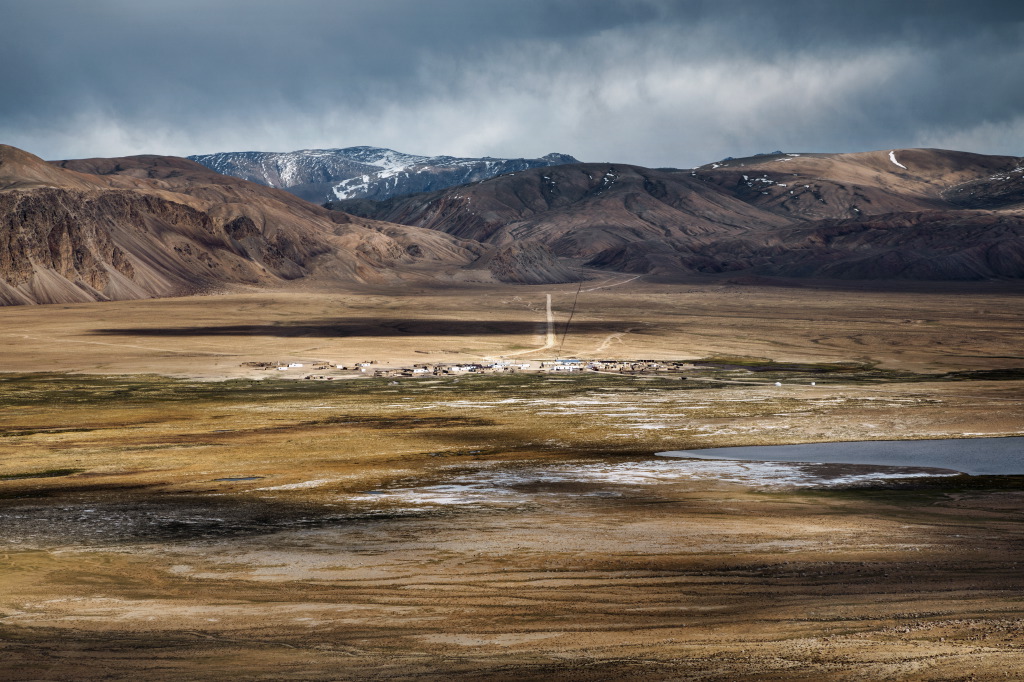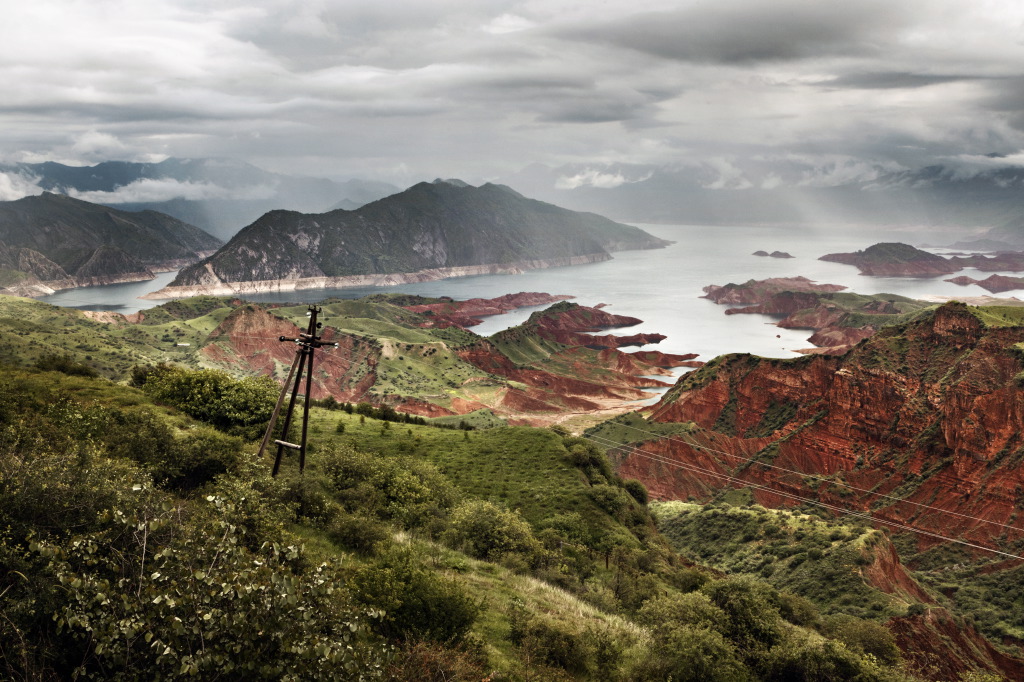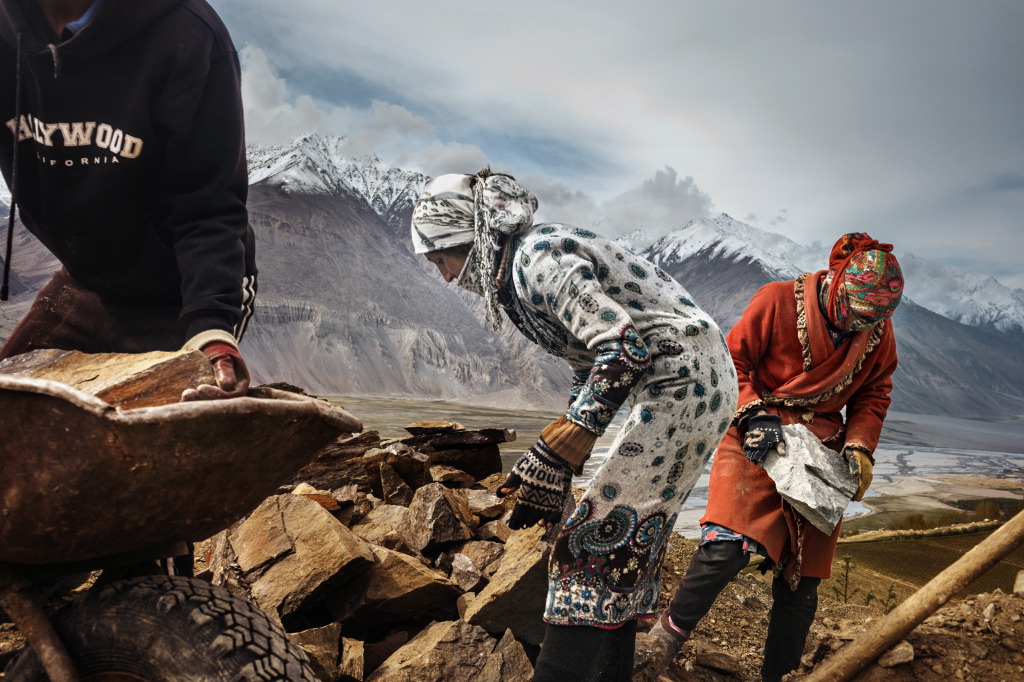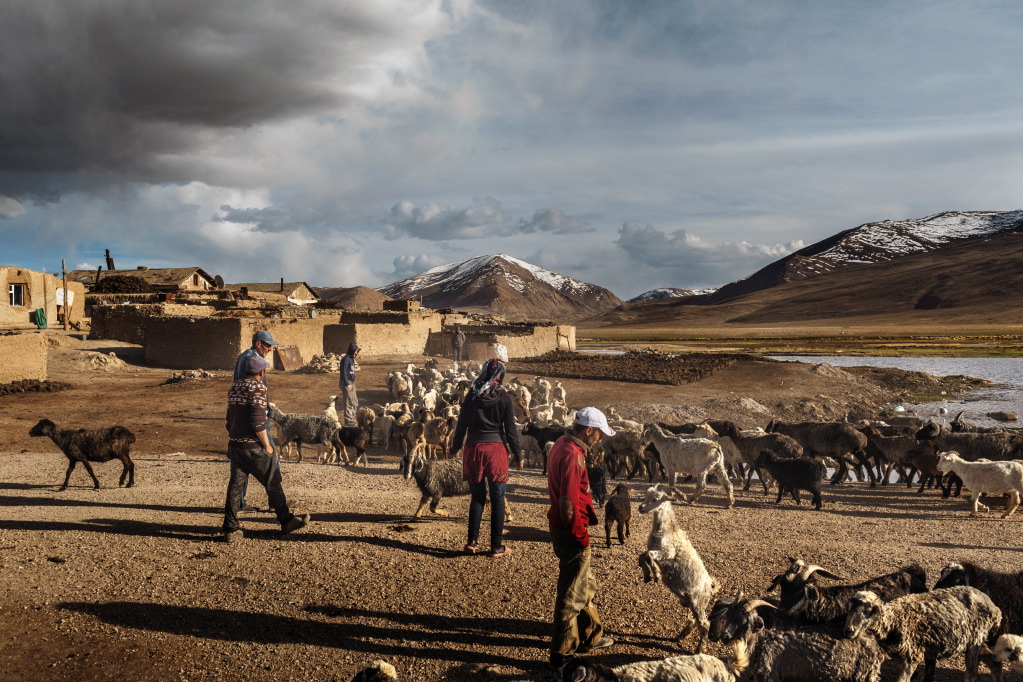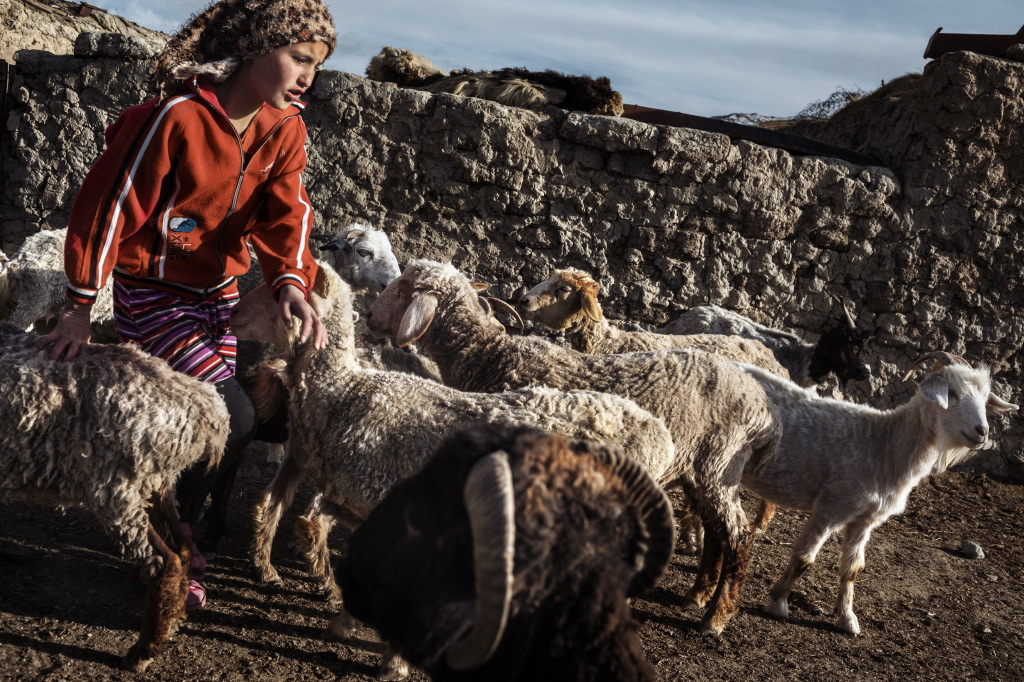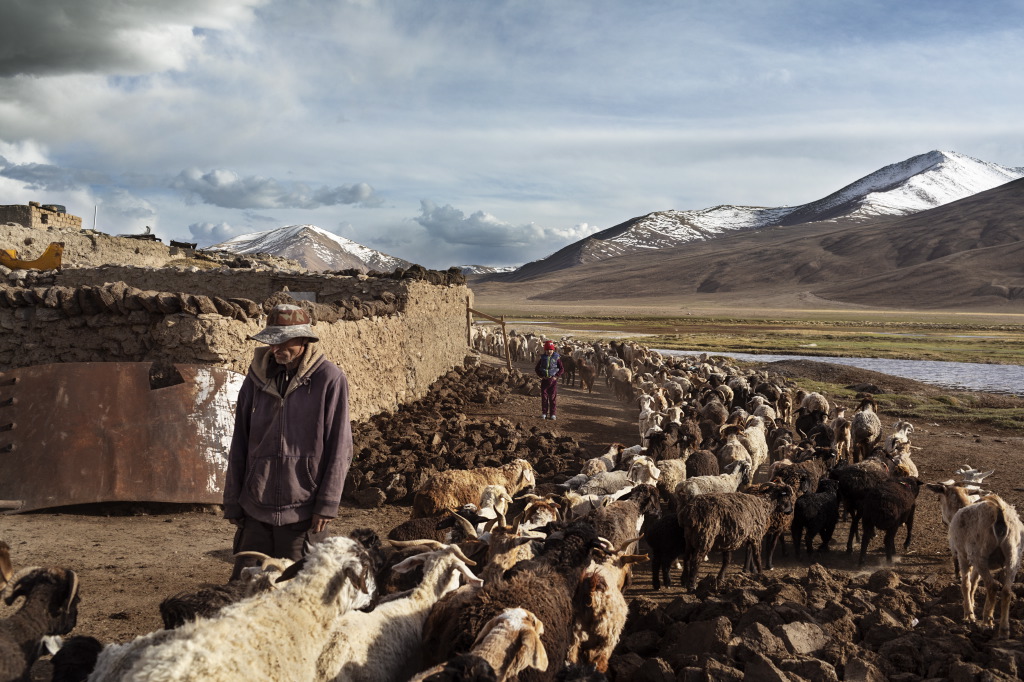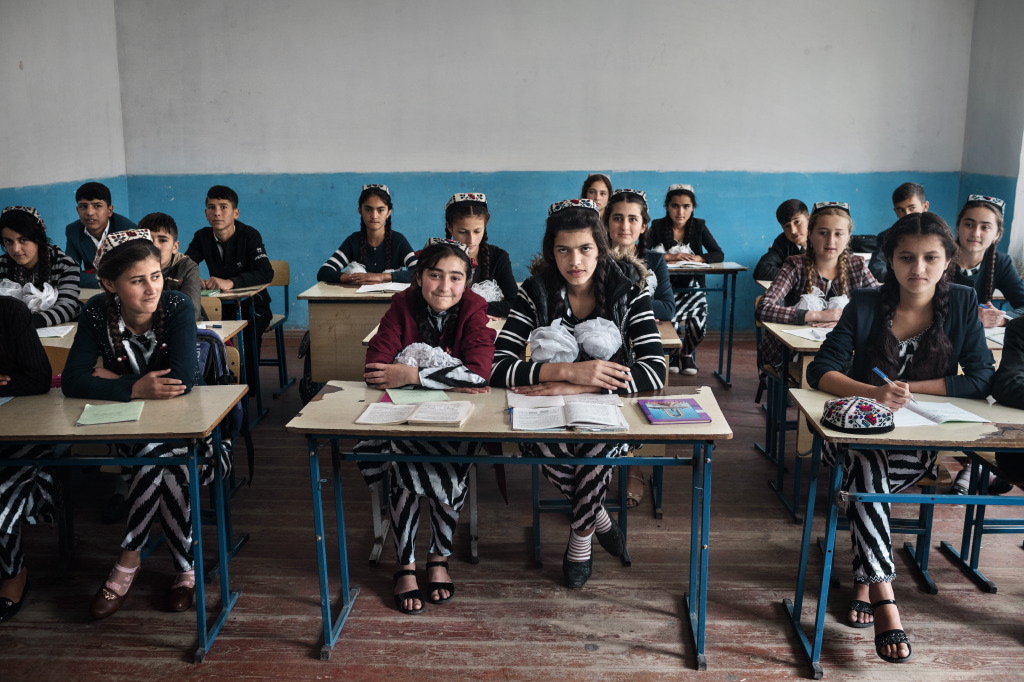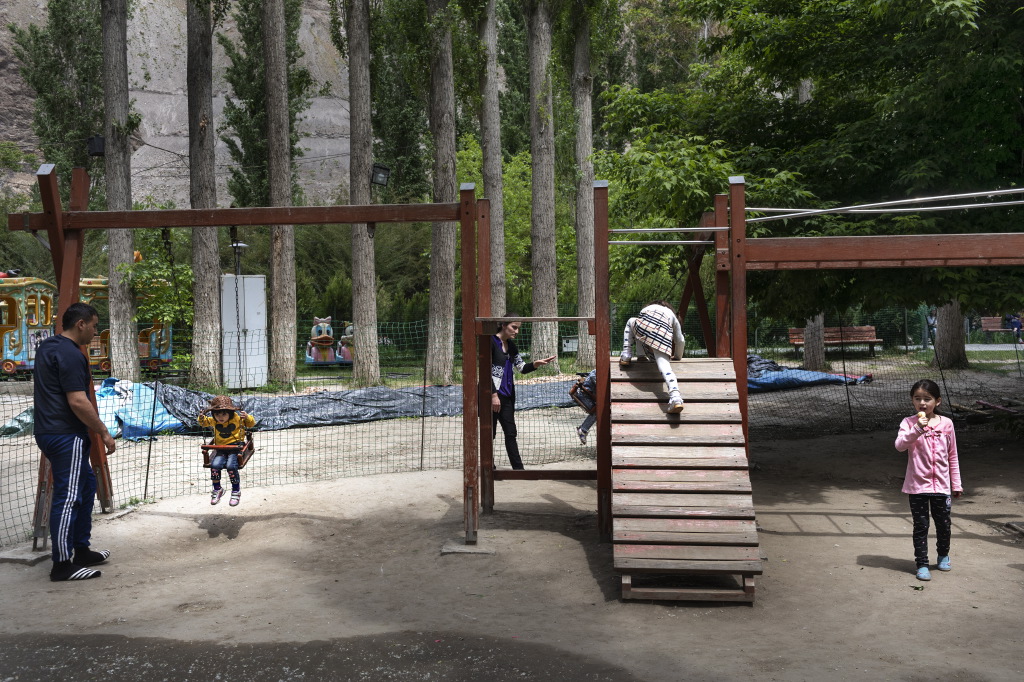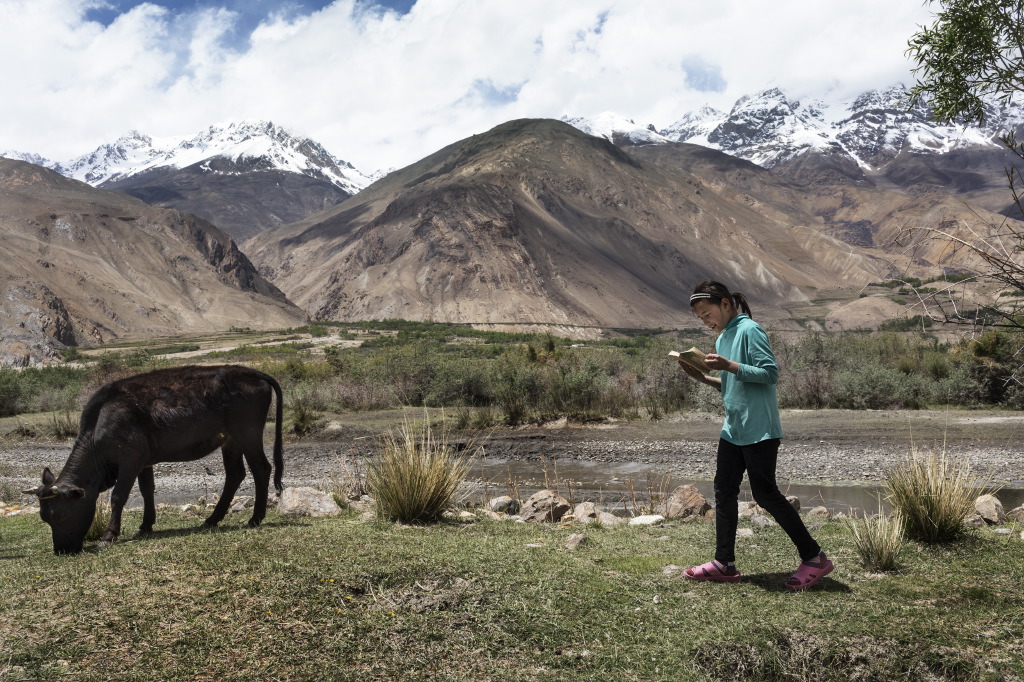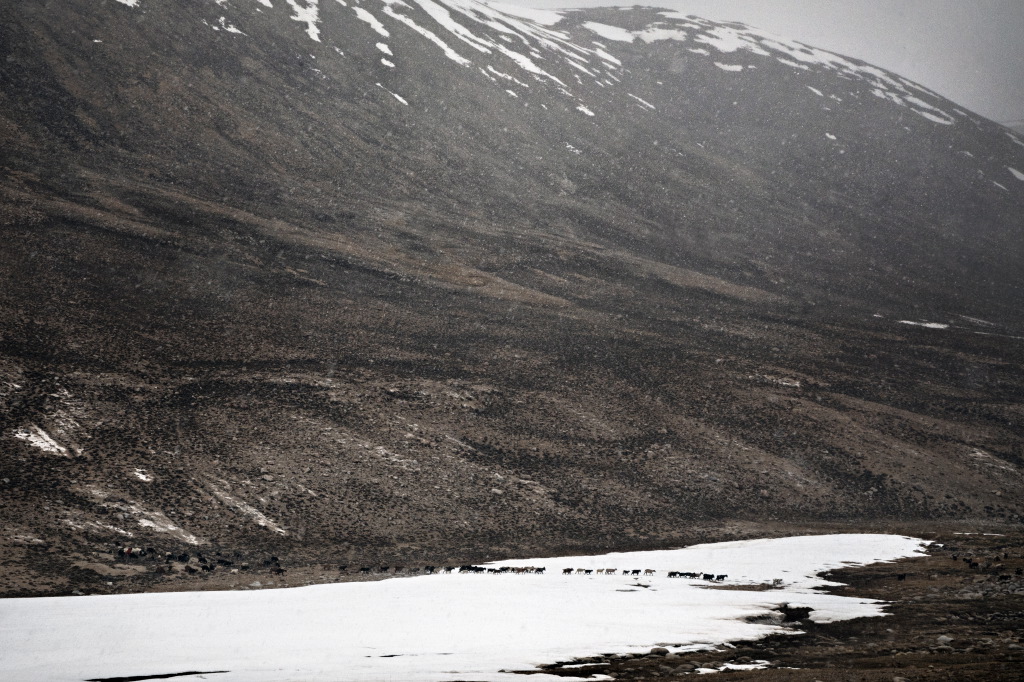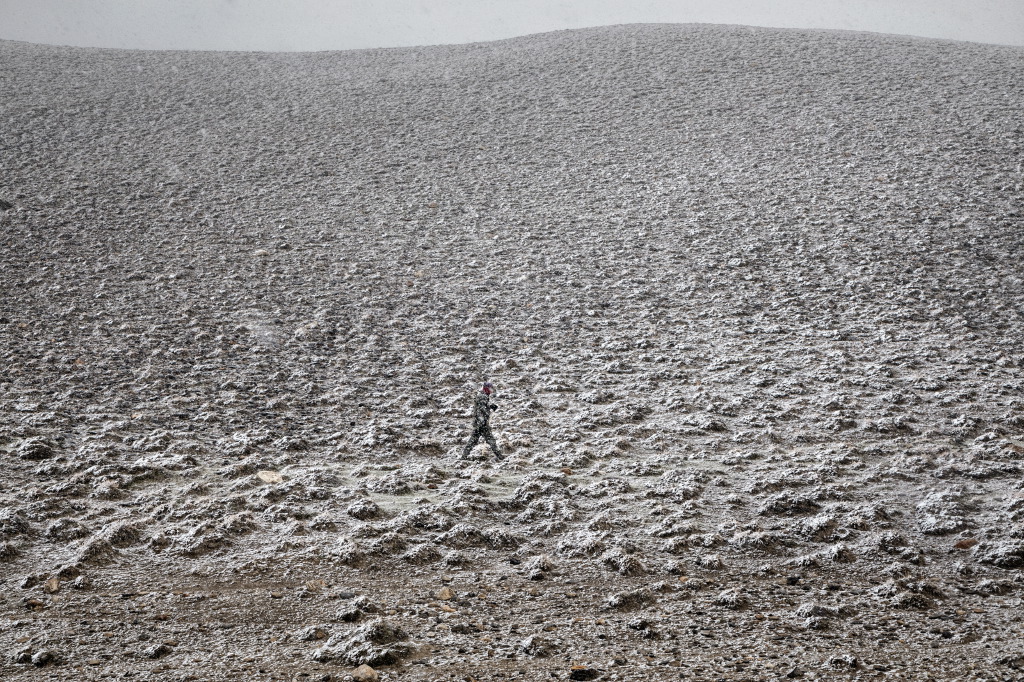X
Torn between Russia and China, the Tajik population is at a crossroad in seek of future and development. Tajikistan is, in fact the poorest of the states, born out of the dissolution of the Soviet Union. Its’ economy struggles and the country is heavily affected by unemployment and poverty. A culture which was born inside Russia now moving towards the influence of China. Today, in fact all transportation of goods, from food to clothes to equipment is managed and brought from China. Many workers however still emigrate to Russia to find employment. The ancient Silk Route has become a pathway for providing sustainment to the remote populations in the Pamirs. Nestled high up at unimaginable altitudes, the population resists and lives in basic conditions. Life is about farming the land to generate a small produce, herding sheep to provide meat and wool. The yak is an important part of their lives too, as it is well adapted to high altitudes and provides a fundamental means of transportation, as well as for its meat and coat. The Pamir mountainous knot, forms the largest mountain range in Central Asia and the World. Known as “The Roof of the World” they are not only the highest region in Tajikistan but also one of the World’s highest regions, closely comparing to the heights of Tibet’s mountains. The Pamirs as such, refer to the range that extends from Tajikistan into Afghanistan and China. The border between Tajikistan and Afghanistan is a narrow strip of land that juts to then meet the China border. This land is part of what could be called the last corner of the world that has not been explored in depth. The slow industrial and technological revolution has forced the inhabitants to be totally immersed in this vast rural area, agricultural and mountainous, thus developing a consolidated identity of many strong tribal values and a spiritual relationship, almost sacred, with the environment, where land and time become two essential elements. (Text by Muriel de Meo).
